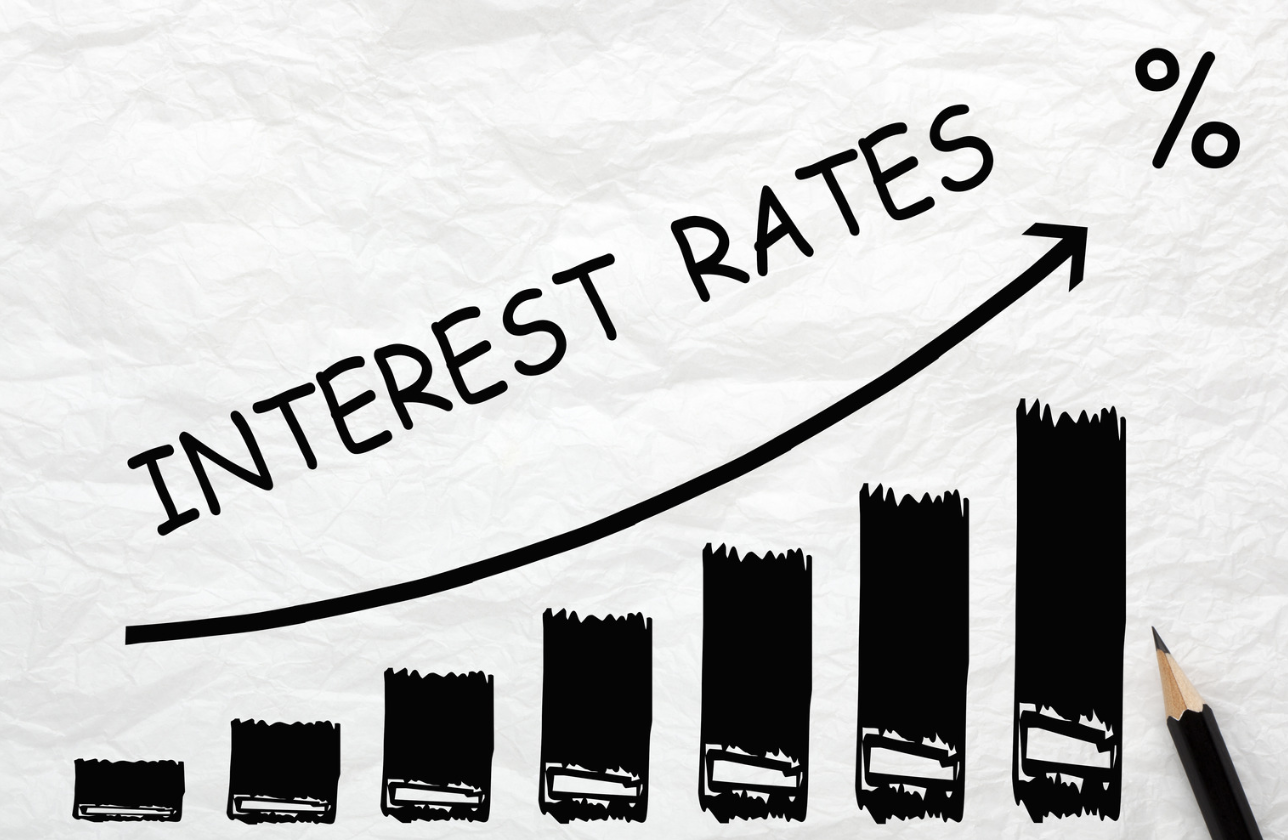Higher borrowing prices in the US are here to stay for the time being, but at least one interest rate drop is still in the works for 2024.
After initially projecting three rate cuts this year, the Federal Reserve has now penciled in only one, and on Wednesday it kept rates unchanged for seven straight times.
Investors might take heart from recent economic data, which suggests inflation is going down again after first seeming to be stuck early this year. This week, equities hit new highs as a result of softer-than-expected readings for the Consumer Price Index and the Producer Price Index for May.
Nonetheless, market participants basically anticipate that the central bank will maintain the current interest rate structure in July. Interest rates will remain at their present 23-year high until at least September if the Fed decides not to make any adjustments.
Given a higher-for-longer rate environment, how may traders best invest? Have a conversation with Wylie Tollette, C.I.O. of Franklin Templeton Investment Solutions, before the bell rings.
For the sake of clarity and brevity, this interview has been modified.
First Things First: How will the stock market react to higher rates that last longer?
I believe that the market may have already factored in the possibility of fewer rate reduction [before to the Fed meeting], given that the stock market is always looking forward. Expectations of rate reduction have been falling consistently throughout the year.
I am intrigued and even energized by the US economy’s ability to withstand these anticipated higher-for-longer rates. Last year, we anticipated—along with the majority of financial analysts and investors—that rising rates would have a more noticeable and immediate impact on the economy.
It turns out that our new theory, derived from all of this evidence, is that these higher-for-longer rates are really simply a return to a more normal rate environment, similar to the rate environment during the global financial crisis.
In light of higher-for-longer rates, which equities may not do well?
Higher rates for longer will affect some industries. And we’ve laid eyes on a few of them earlier. Real estate is one such example. The majority of properties are financed. I predict that office and retail commercial real estate in particular will remain in a precarious position. We’ve seen it before, and I fear there will likely be further suffering still.
One more sector similar to automobiles, which are large expenditures that a lot of people finance. Obviously, the cost of such borrowing increases with higher rates over longer periods. In this higher-for-longer rate environment, consumer durables seem to be experiencing a little slowdown or maybe suffering.
Regardless of industry, smaller-cap companies are likely to struggle in the current market climate.
Do you have any recommendations for equities that might do well in a more rate-sensitive market?
Those in the semiconductor industry, we expect to perform well going forward. Due of their large monetary reserves, they have essentially replaced defensives. Both their demand cycles and their ability to fund internal growth and investment are not too affected by interest rate hikes. We have also seen that included into several large IT companies’ prices. Even with the increased rates, we still see very good growth potential for the Magnificent Seven firms.
Historically, higher-for-longer rates have been somewhat successful for energy and minerals.
Utility stocks have rallied. We are of the belief that it might be sustained. Electric cars and artificial intelligence simply increase the need for power. There is a unique and intriguing chance to profit from and see genuine development in the utility industry, since utilities are under intense pressure to boost their supply.
According to Gallup, a 9% drop in global GDP might be the result of dissatisfied workers
According to a recent survey that was published this week, worker engagement—and the economy as a whole—can be negatively impacted by employees’ bad moods and overall well-being.
According to my coworker Jeanne Sahadi, Gallup’s “State of the Global Workplace” predicts that the world economy loses $8.9 trillion, or 9% of globally GDP, due to disengaged employees.
Results from its most recent annual World Poll, which polled 128,278 workers in over 140 countries, are included in the study.
Roughly 20% of workers worldwide reported experiencing everyday feelings of loneliness, anger, or sadness, according to that survey. On average, 41% of people report experiencing stress.
Individuals who reported feeling the most lonely were those who were younger (22%), worked remotely full-time (25%), or were the most disconnected from their job (31%).
The workplace shouldn’t be the root of every employee’s bad mood, but it should still be a source of worry. Employees’ well-being might be positively or negatively impacted by their employment.
One side of the coin is the Gallup report’s observation that “employment is associated with high levels of daily enjoyment and low levels of all negative daily emotions” when workers feel their job and connections at work have purpose. Half of the workers who are enthusiastic about their jobs also report high levels of personal fulfillment.
On the other side, studies have shown that disengagement from one’s employment may have just as bad of an impact on health as being unemployed altogether. Among other unpleasant feelings, “employees who dislike their jobs tend to have high levels of daily stress and worry,” they stated. Disengagement from one’s job is as bad as or worse than unemployment on several measures of well-being (anxiety, depression, loneliness, and stress).



